7 Ways to Burn More Fat While Sleeping (Science Based)
Check out my client Ben’s transformation. He lost fat and gained muscle by boosting his metabolism!
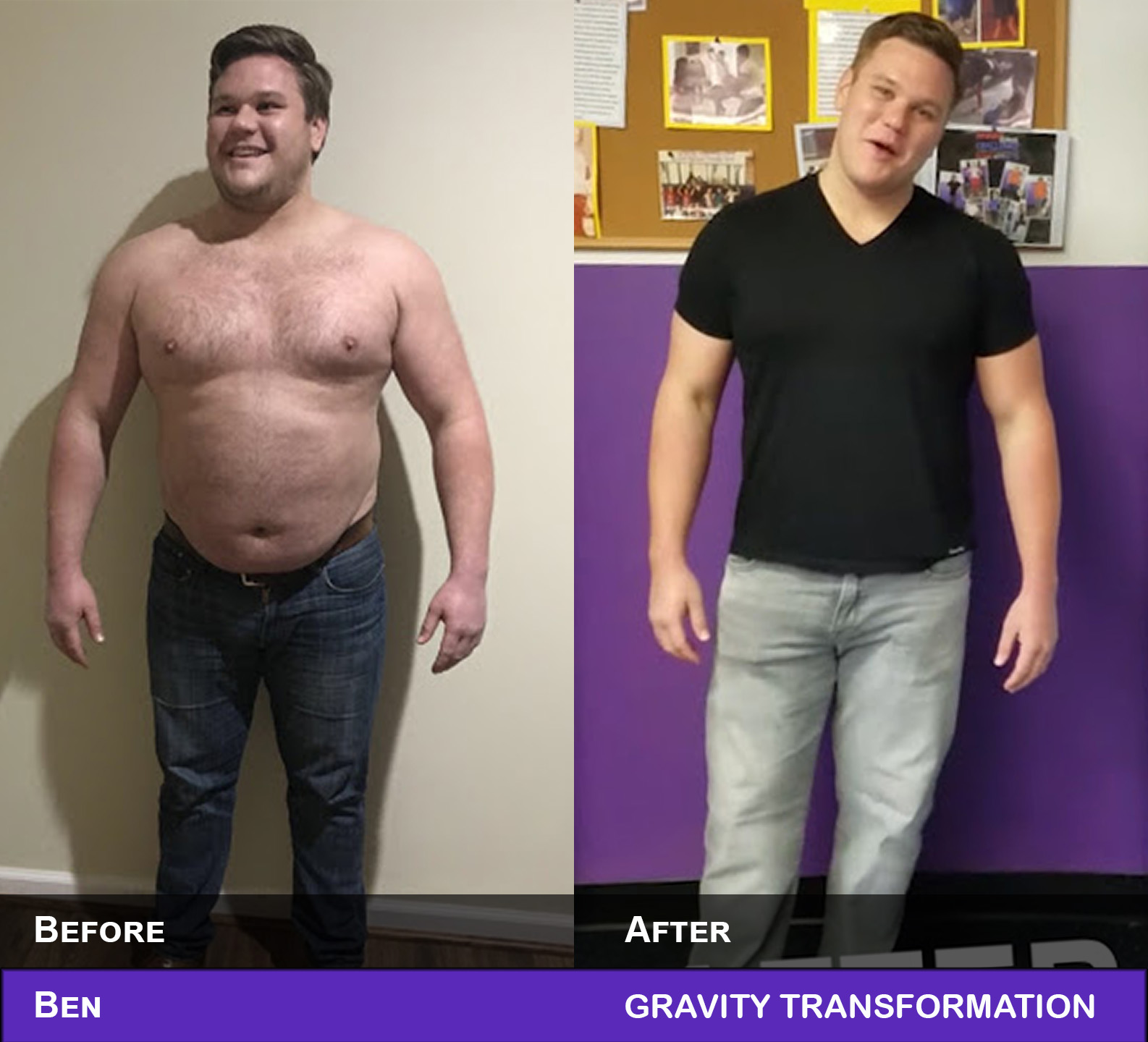
These are the 7 PROVEN ways to increase your metabolism and burn MORE Fat while sitting, driving, or sleeping.
By boosting your resting metabolic rate, you can lose weight and experience more fat loss throughout the day, as well as overnight.
This article will show you how to burn extra calories without having to work out harder.
What if you could burn hundreds of extra calories per day while sitting in a chair or even while sleeping?
Think about how much easier it would be to burn fat and stay lean, how much less time you would have to spend working out at the gym, and how much bigger and more filling your meals could be on a daily basis!
Well, the truth is that this actually isn’t some distant fantasy!
For most people, it’s totally possible by simply boosting their metabolism or, more specifically, boosting their resting metabolic rate.
This is one of the biggest and most overlooked advantages that gives some people the ability to eat more food, have more cheat days, and simply enjoy life while staying lean.
#1 Optimize Your Thyroid Function
The very first way is to optimize your thyroid function.
Optimizing your thyroid function can boost your metabolism by between 500 to 1000 extra calories per day. That is, if you currently have certain vitamin and mineral deficiencies preventing your thyroid from operating at maximum capacity.
Your thyroid is a butterfly-shaped gland that’s located in the front of your neck, right below your Adam’s apple.
Long ago, research proved that your thyroid hormones have a major impact on your metabolic rate because they regulate full body thermogenesis (1).
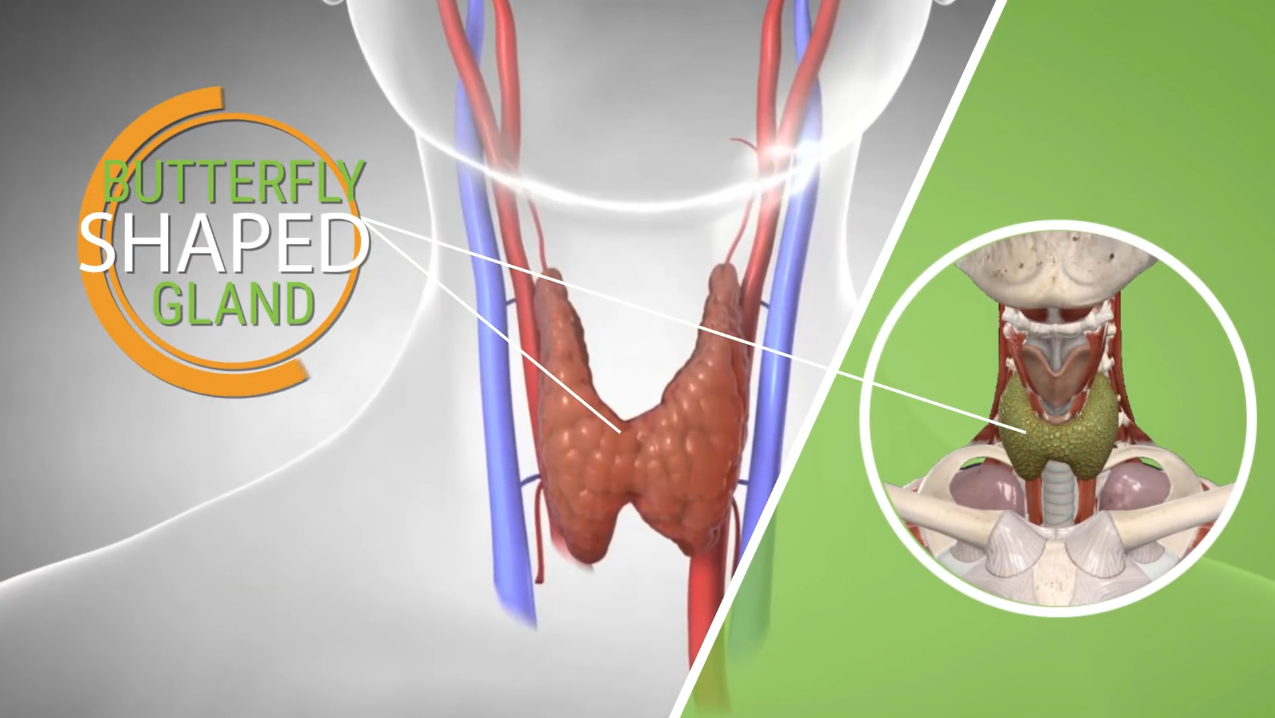
Out of all the vitamins and minerals out there, it’s especially important to get enough iodine because your thyroid gland uses iodine to make thyroid hormones.
However, the big problem is that, according to the World Health Organization, 35 percent of the worlds population isn’t getting enough iodine on a daily basis (2).
Not getting enough iodine in your diet can lead to very low levels of thyroid hormones being produced, drastically slowing down your resting metabolism.

Now, most people primarily get iodine from salt. However, sea salt doesn’t score very high in iodine and because of this it’s not very effective at helping you reach your daily requirements (3).
This is an even bigger issue because there’s been a big push within the health and fitness industry towards using sea salt over regular table salt as if sea salt has some kind of magical property that makes it better for you.
The truth, however, is that both sea salt and table salt have the same basic nutritional values and very similar amounts of sodium per gram (3.5).
Because of this, for most people it’s a good idea to replace regular salt or even sea salt with iodized salt to make sure that you’re getting proper levels of iodine in your diet.
For those of you that are all about sea salt, the good news is that there are brands that offer iodized sea salt which would be just as effective at maintaining optimal iodine levels.
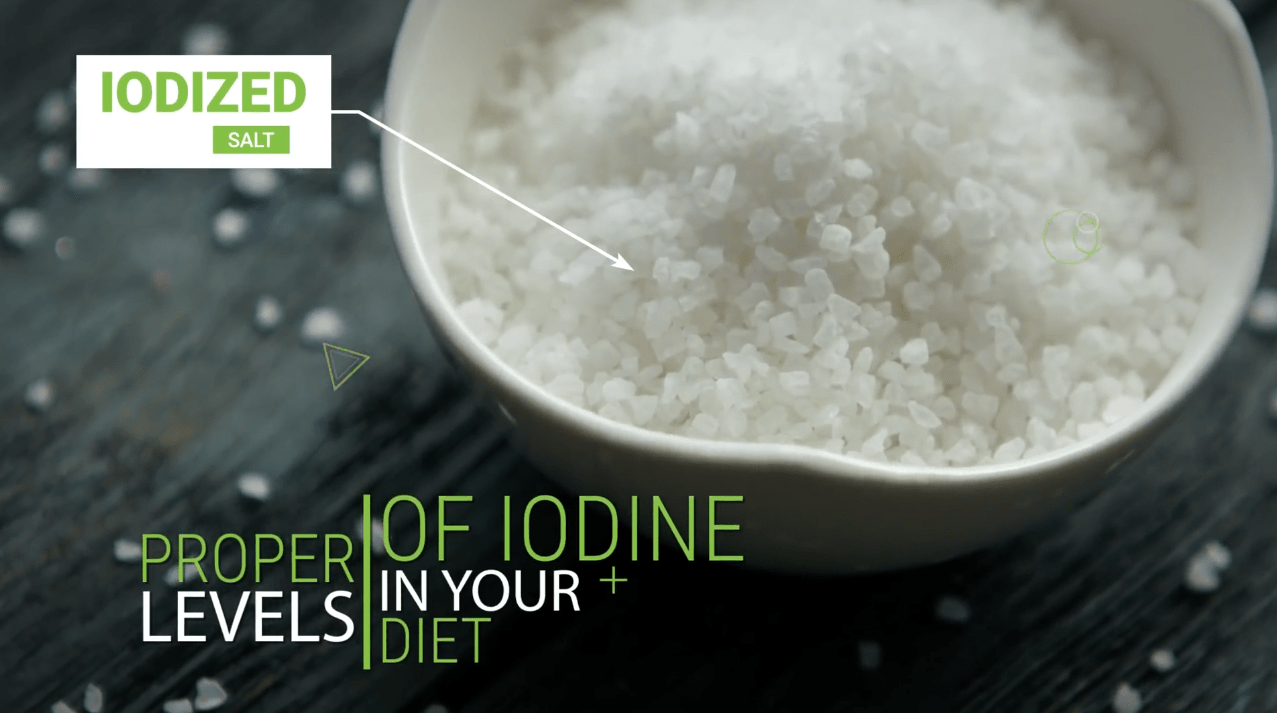
Two other very important minerals for thyroid function are zinc and selenium because they have a role in the conversion of the thyroid hormone T4 into its active form T3 (4).
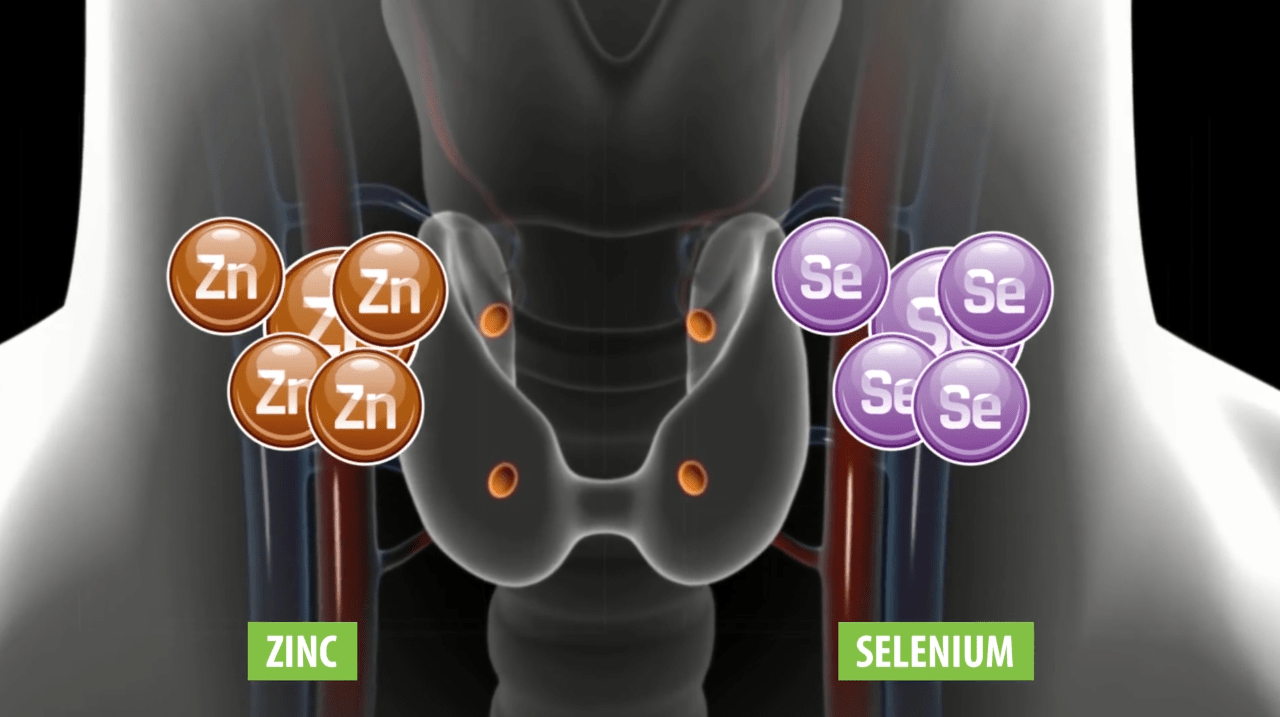
Specifically, a zinc deficiency can have very negative effects on your metabolism.
It was observed in one case study that zinc supplementation could boost T3 levels and metabolism.
One person in the study, who was zinc deficient, boosted their resting metabolism by an extra 527 calories per day after just 2 months of zinc supplementation (5).
![Burn_More_Fat_Zinc_1-min[1]](https://gravitytransformation.com/wp-content/uploads/2021/10/Burn_More_Fat_Zinc_1-min1.png)
After about 4 months, it went up by a whopping 992 calories per day (5). Even though this study was very small, this is a huge change.
![Burn_More_Fat_Zinc_2-min[1]](https://gravitytransformation.com/wp-content/uploads/2021/10/Burn_More_Fat_Zinc_2-min1.png)
Zinc deficiencies are not quite as uncommon as you might think, especially amongst athletic and active people.
This is because exercising increases your body’s demand for zinc and you also lose zinc through your sweat.
So, taking a zinc supplement can be a good idea to make sure your thyroid is functioning optimally and that your metabolism is running at top speed.
#2 Switch from Cooking Oils to MCTS
Another thing you can do to boost your metabolism is to switch from regular cooking oils to MCTS or medium chain triglycerides that are specifically high in lauric acid.
One perfect example of an MCT is coconut oil.
When comparing MCTS, like coconut oil, to LCTS or long-chain triglycerides, which are found in butter, it seems that MCTS can help improve metabolism to a greater extent.
One study in particular found that switching to MCTS lead to a 5 percent boost in resting metabolic rate. Another study showed that this boost could last for over 6 hours (10).
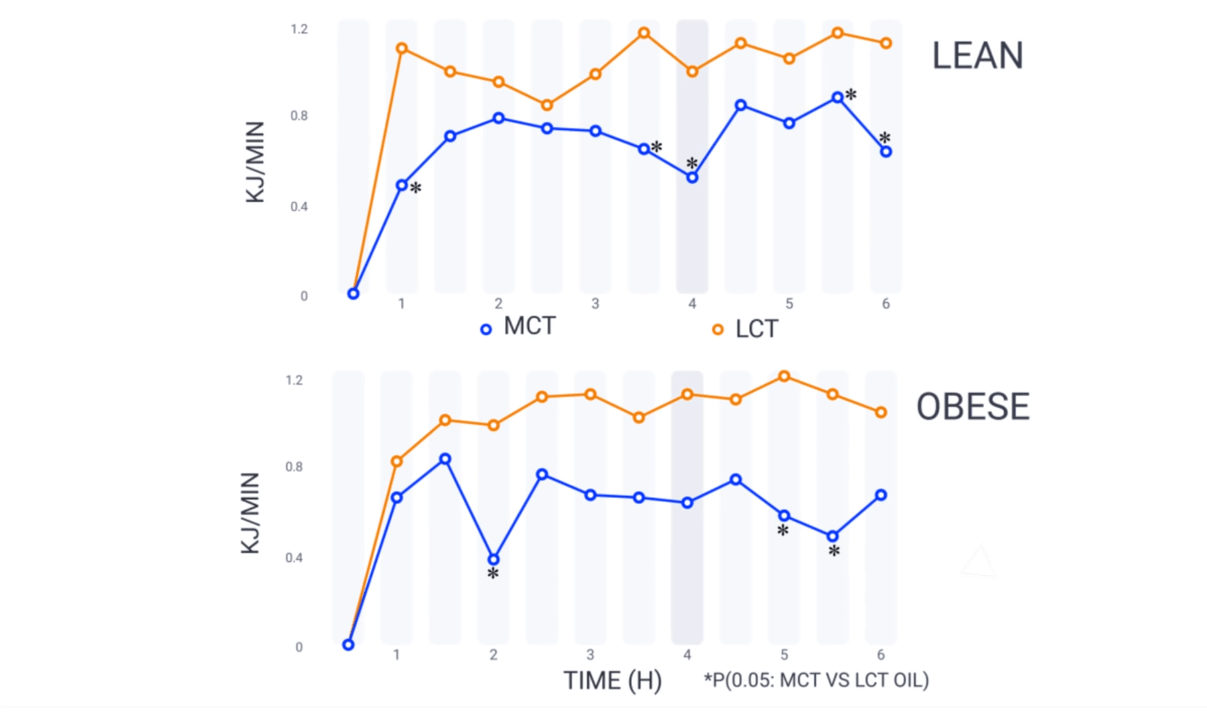
On top of that, a meta-analysis on a group of randomized control trials concluded that replacing LCTS with MCTS could help people lose weight and body fat without negatively affecting things like cholesterol.
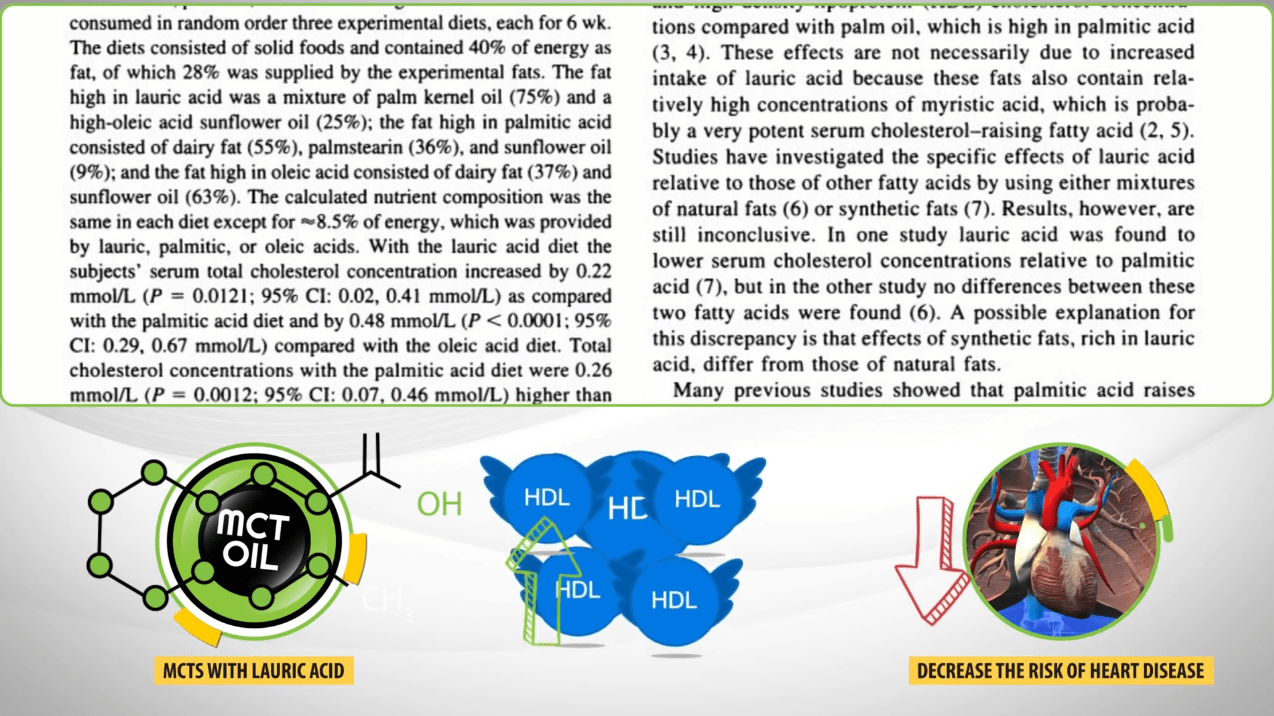
However, keep in mind that the keyword in all of this is to replace.
You shouldn’t just increase your consumption of medium chain fats like coconut oil, but instead replace some of the other sources of fat that you’re already using.
Otherwise, just adding in more fat to your diet will cost you more calories than it’ll save you.
#3 Eat Enough Protein
Let’s move on to the next easy way to DRASTICALLY increase your metabolism… eat enough protein.
Out of the three macronutrients protein, carbs, and fats, protein is by far the best at increasing your metabolism and it does that in two major ways.
First, protein has a high thermic effect of food, which is also known as diet induced thermogenesis. This means that the amount of energy it takes for your body to digest, process and store protein is much higher when compared to other nutrients.
In fact, a 2014 review published in the Journal Nutrition and Metabolism concluded that 15 to 30 percent of the calories taken in from eating protein are used right back up during the digestion process.
![Burn_More_Fat_Protein-min[1]](https://gravitytransformation.com/wp-content/uploads/2021/10/Burn_More_Fat_Protein-min1.png)
That same study found that carbs required much less, at around 5 to 10 percent.
![Burn_more_Fat_Carbs-min[1]](https://gravitytransformation.com/wp-content/uploads/2021/10/Burn_more_Fat_Carbs-min1.png)
While fats were the lowest, hovering around 0 to 3 percent.
![Burn_More_Fat_Fats-min[1]](https://gravitytransformation.com/wp-content/uploads/2021/10/Burn_More_Fat_Fats-min1.png)
This means that for every 100 calories of protein that you eat it will take your body anywhere from 15 to 30 calories just to digest process and store that protein source.
This amount of calories may not sound like much but if you’re eating between .8 grams and 1 gram of protein per pound of body weight per day.
For most people that would end up burning off anywhere from 100 to 250 calories a day.
Now, the second thing that protein does for your metabolism is it helps you build muscle and prevents you from losing muscle while you get leaner. This is something that has been shown in countless studies (20).
#4 Maintain More Muscle
Maintaining more muscle is our next method to increase the metabolism.
It used to be believed that one pound of muscle would burn anywhere from 30 to 50 calories per day, but muscle isn’t quite as metabolically active as what some people have claimed in the past.
According to newer studies and updated research, each pound of muscle burns about 6 to 8 calories per day (21).
While this isn’t a huge amount, there are other benefits that come from having more muscle on your body that lead to a much bigger total impact on the way your body uses energy at rest.
First, it leads to improved insulin sensitivity which allows your body to use glucose more efficiently.
![Burn_More_Fat_Insulin-min[1]](https://gravitytransformation.com/wp-content/uploads/2021/10/Burn_More_Fat_Insulin-min1.png)
Insulin resistance on the other hand will make it almost impossible to burn fat for energy, so we definitely want to have a higher insulin sensitivity by developing our muscles.
![Burn_More_Fat_Insulin_2-min[1]](https://gravitytransformation.com/wp-content/uploads/2021/10/Burn_More_Fat_Insulin_2-min1.png)
The other thing is that you will consistently deplete glycogen stores with the type of workouts that are required to build muscle.
This will allow you to now refill those glycogen stores in your muscles when you eat carbohydrates rather than storing those carbohydrates as fat.
On top of that, it will also increase and improve your overall glycogen storage capacity, again allowing you to take in more carbohydrates in the form of glucose which goes into your muscle cells rather than your fat cells.
![Burn_More_Fat_Glycogen-min[1]](https://gravitytransformation.com/wp-content/uploads/2021/10/Burn_More_Fat_Glycogen-min1.png)
This is why studies have shown that bodybuilders can have a 14 percent higher metabolism than similar control groups who don’t have the extra muscle mass (22).
Once you add all the effects of eating more protein and building more muscle together, you can see that muscle is very important for an improved metabolic rate.
![Burn_more_Fat_Body_Builders-min[1]](https://gravitytransformation.com/wp-content/uploads/2021/10/Burn_more_Fat_Body_Builders-min1.png)
#5 Stay Hydrated
Next I want to talk about staying hydrated throughout the day with water and its effect on your metabolism.
One study showed that drinking 500ml of water, or a little more than two cups, increased the metabolic rate by 30 percent for about 30 to 40 minutes (13).
![burn_more_fat_water-min[1]](https://gravitytransformation.com/wp-content/uploads/2021/10/burn_more_fat_water-min1.png)
That represents about an extra 24 calories burnt just by drinking 2 cups of water.
Now again, this may not sound like a lot, but if you do this multiple times a day, and on top of that you drink cold water instead of regular water, you would burn 100 or more extra calories per day.
This is because two separate studies both showed an increase by up to 25% in resting metabolic rate for 1 hour after drinking cold water (14).
![burn_more_fat_water_2-min[1]](https://gravitytransformation.com/wp-content/uploads/2021/10/burn_more_fat_water_2-min1.png)
Cold water specifically is believed to be beneficial because it forces your body to burn more calories to produce heat.
![burn_more_fat_cold_water-min[1]](https://gravitytransformation.com/wp-content/uploads/2021/10/burn_more_fat_cold_water-min1.png)
Now, with that said, it’s important for me to mention that you’re not going to magically burn fat and lose weight by just drinking more water.
You will have to maintain a good diet as well.
However, by only drinking water, and avoiding other beverages, not only will it reduce the amount of calories that you take in per day but it could help you burn an extra hundred calories or more per day.
#6 Eat More Spicy Food
Another thing you can do to increase your metabolism is eat chili peppers and spicy food in general.
Capsaicin is found in chili peppers and that’s what causes an increase in metabolism by activating brown adipose tissue or brown fat (16).
![burn_more_fat_capsaicin-min[1]](https://gravitytransformation.com/wp-content/uploads/2021/10/burn_more_fat_capsaicin-min1.png)
Brown fat appears to have the ability of being able to use regular body fat as fuel to generate heat.
Another benefit of capsaicin is that evidence shows that it can promote fat oxidation and support your metabolism while restricting calories (17).
It can be particularly beneficial to eat spicy food with chili peppers while you’re on a diet to prevent or at least limit metabolic slowdown.
![burn_more_fat_chili_peppers-min[1]](https://gravitytransformation.com/wp-content/uploads/2021/10/burn_more_fat_chili_peppers-min1.png)
Finally, as an extra benefit, capsaicin can help you feel fuller.
If you have something spicy like chili peppers with dinner, this can reduce your desire to eat after dinner which will prevent night eating and support both your sleep quality and fat loss.
![burn_more_fat_sleep-min[1]](https://gravitytransformation.com/wp-content/uploads/2021/10/burn_more_fat_sleep-min1.png)
#7 Cold Exposure, Ice Baths, and Cold Showers
Now, the last scientifically proven way to increase your metabolism that I want to talk about is cold exposure, ice baths, and cold showers.
Specifically, cold showers are believed by many people to highly increase your metabolic rate. However, the effects aren’t quite as drastic as what people say.
One of the major reasons why people think that taking a cold shower is so effective is because proponents of cold showers reported based on specific people in studies rather than the results of the entire study.
For example, one study found that when healthy men underwent 2 hours of cold exposure at 19 degrees Celsius or 66 degrees Fahrenheit, some of them increased their energy expenditure by hundreds of calories (6).
![burn_more_fat_cold-min[1]](https://gravitytransformation.com/wp-content/uploads/2021/10/burn_more_fat_cold-min1.png)
Meanwhile, at the same time, others in the study did not have such a large spike in their metabolic rate. This is a common reoccurring theme when it comes to research on the effects of cold showers and ice baths.
In another study, one of the men exposed to the cold temperatures burnt an extra 400 calories per day (23).
This is obviously something that we would all love to have just by taking a cold shower, but in that same study, the average increase in metabolic rate across all the subjects was only 75 calories.
![burn_more_fat_cold_2-min[1]](https://gravitytransformation.com/wp-content/uploads/2021/10/burn_more_fat_cold_2-min1.png)
Now, I don’t think anyone would complain about this, but it’s not quite as significant as what some people believe about the metabolic boosting effects of cold exposure.
However, it does seem true that everyone will burn at least some more calories when their body is cold because cold exposure can once again activate your brown fat.
A quick one minute cold shower will probably not do all that much, however an ice bath would be much colder and allow you to burn calories much faster.
On the other side of the spectrum, you can also just drop the room temperature to 66 degrees and keep it there all day to burn more calories over a longer time span.
Just keep in mind that if you’re putting on sweatpants and a sweatshirt to tolerate lower temperature, it’ll probably not have any kind of effect on your metabolic rate.
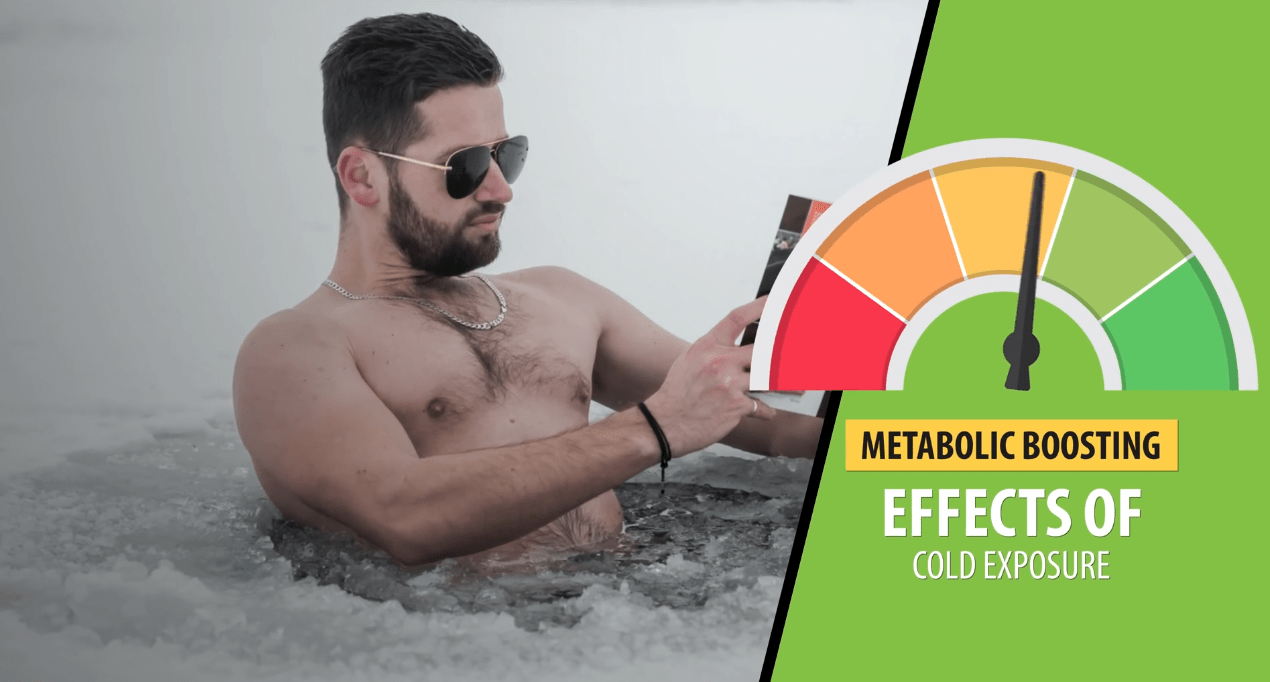
Concluding Notes
That’s about it guys!
By combining a couple of these tips you’ll be able to burn an extra couple hundred calories per day while at rest, which can truly be very beneficial for faster fat loss and easier weight maintenance.
So, if you’d like to get a personalized plan that can help you drop 20 pounds or 5 percent of your body fat in the next 6 weeks, click the link below.
It comes with everything you need, including a workout plan, diet plan, recipe books, and an accountability coach and is designed to maximize your metabolism as you drop fat.
My passion for fitness began when I was 14 years old. I naturally fell in love with training and haven’t stopped since. At 18 years I acquired my first personal training certification from ACE after which I opened my first of 3 transformation studios in 2011. I love to share my knowledge through personal training, my online courses, and youtube channel now with over 3,000,000 subscribers! I can happily say that we've helped over 15,000 people get in great shape over the years. I'm always here for my customers so if you need help don't hesitate to send your questions to support@gravitychallenges.com

